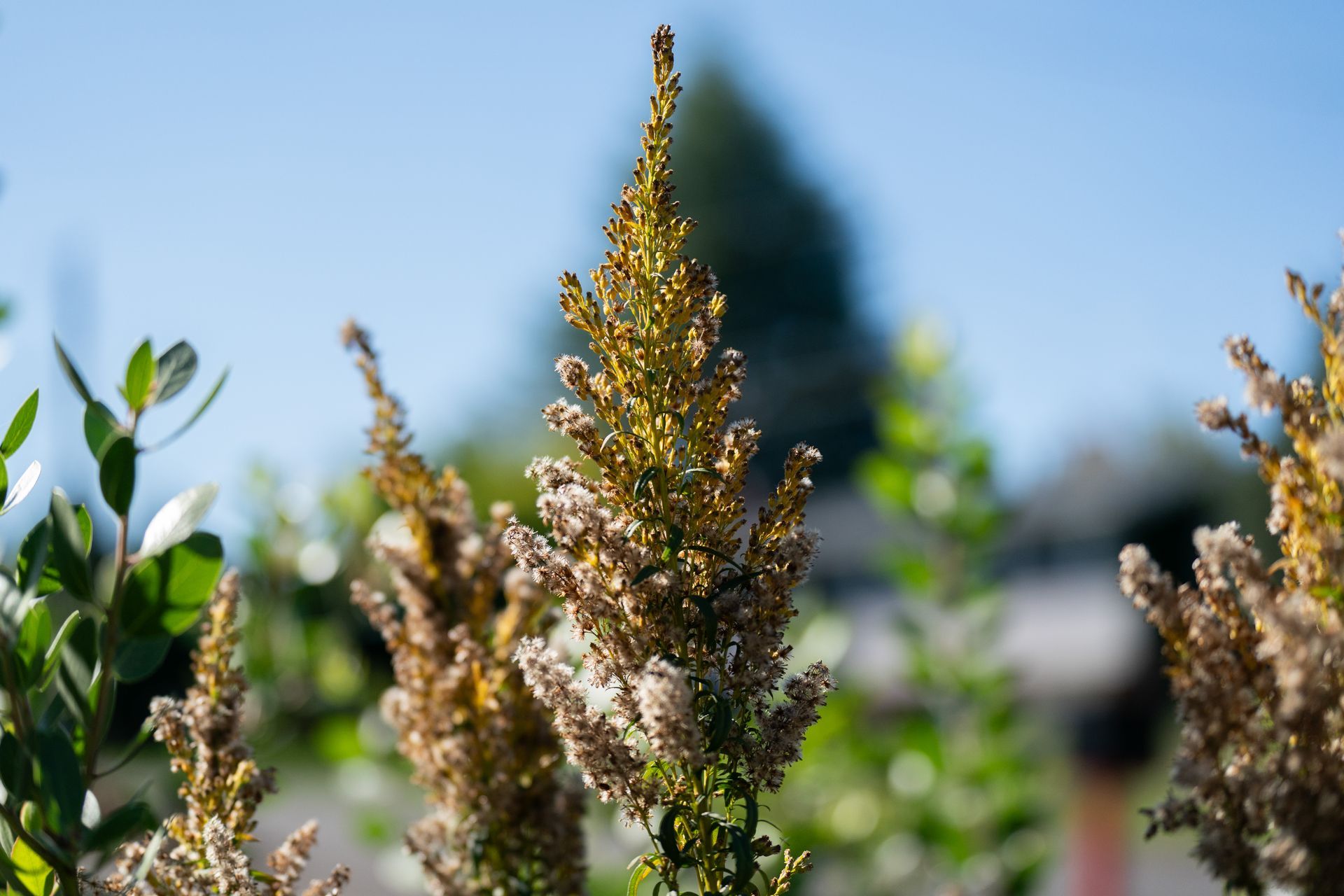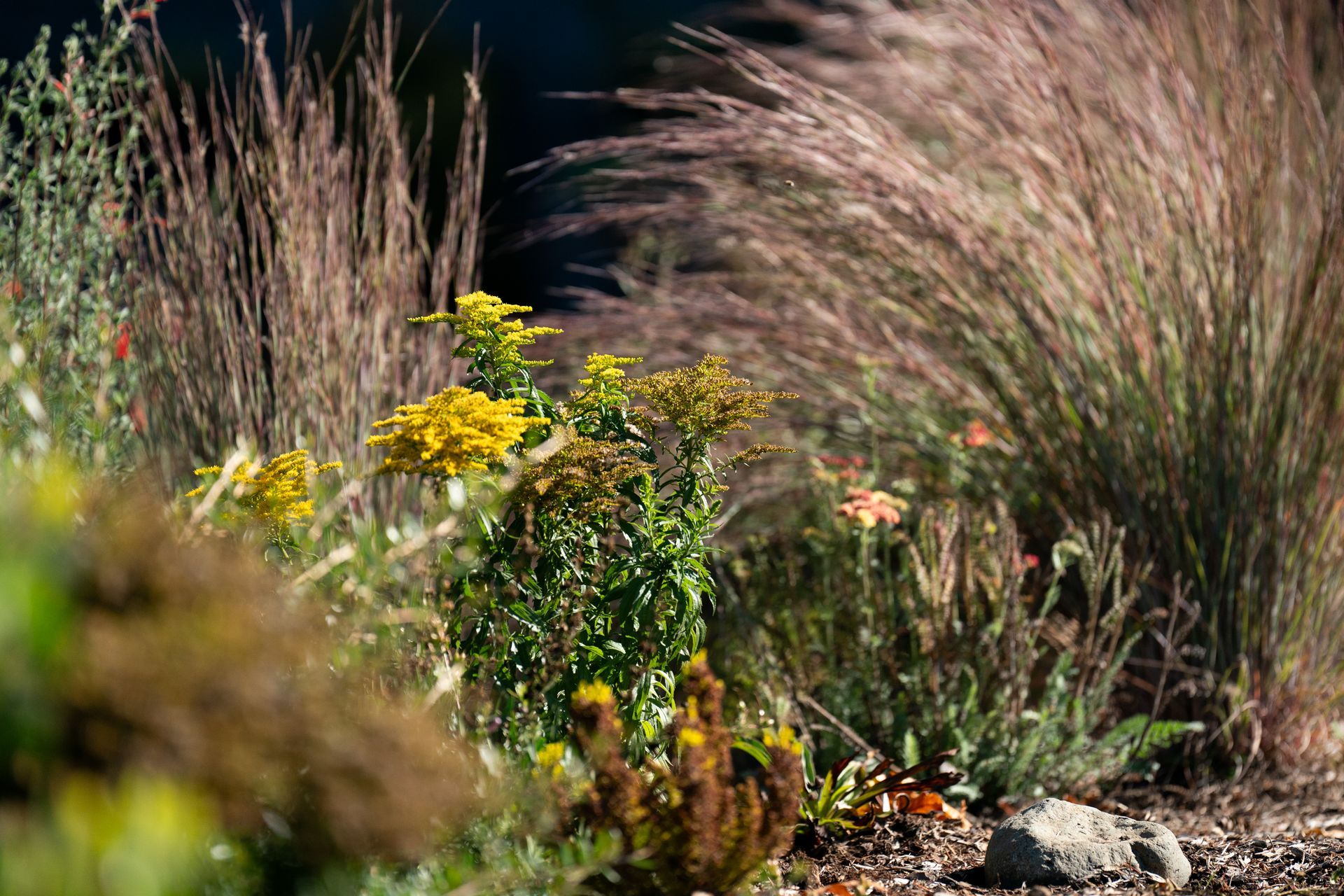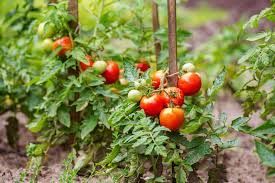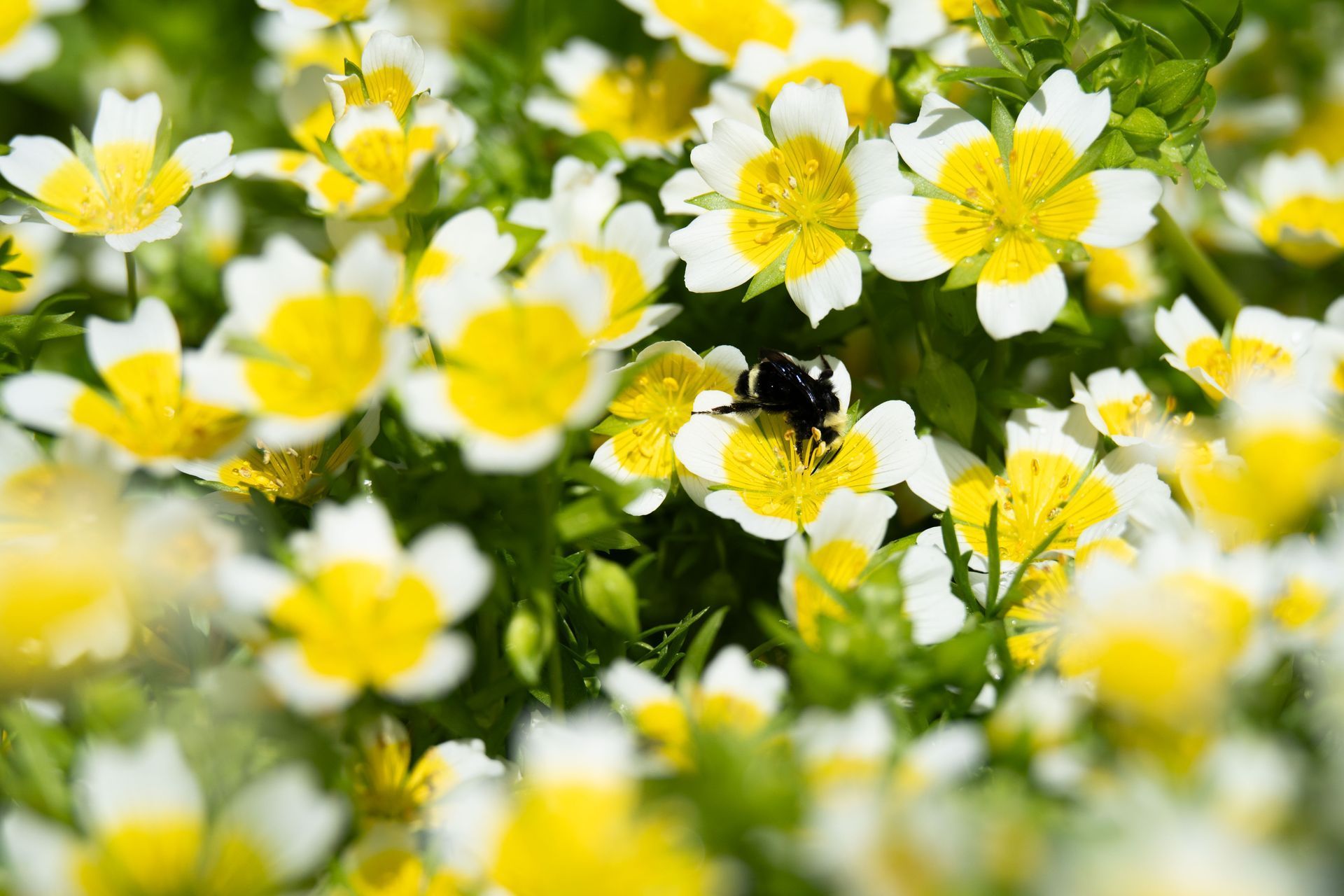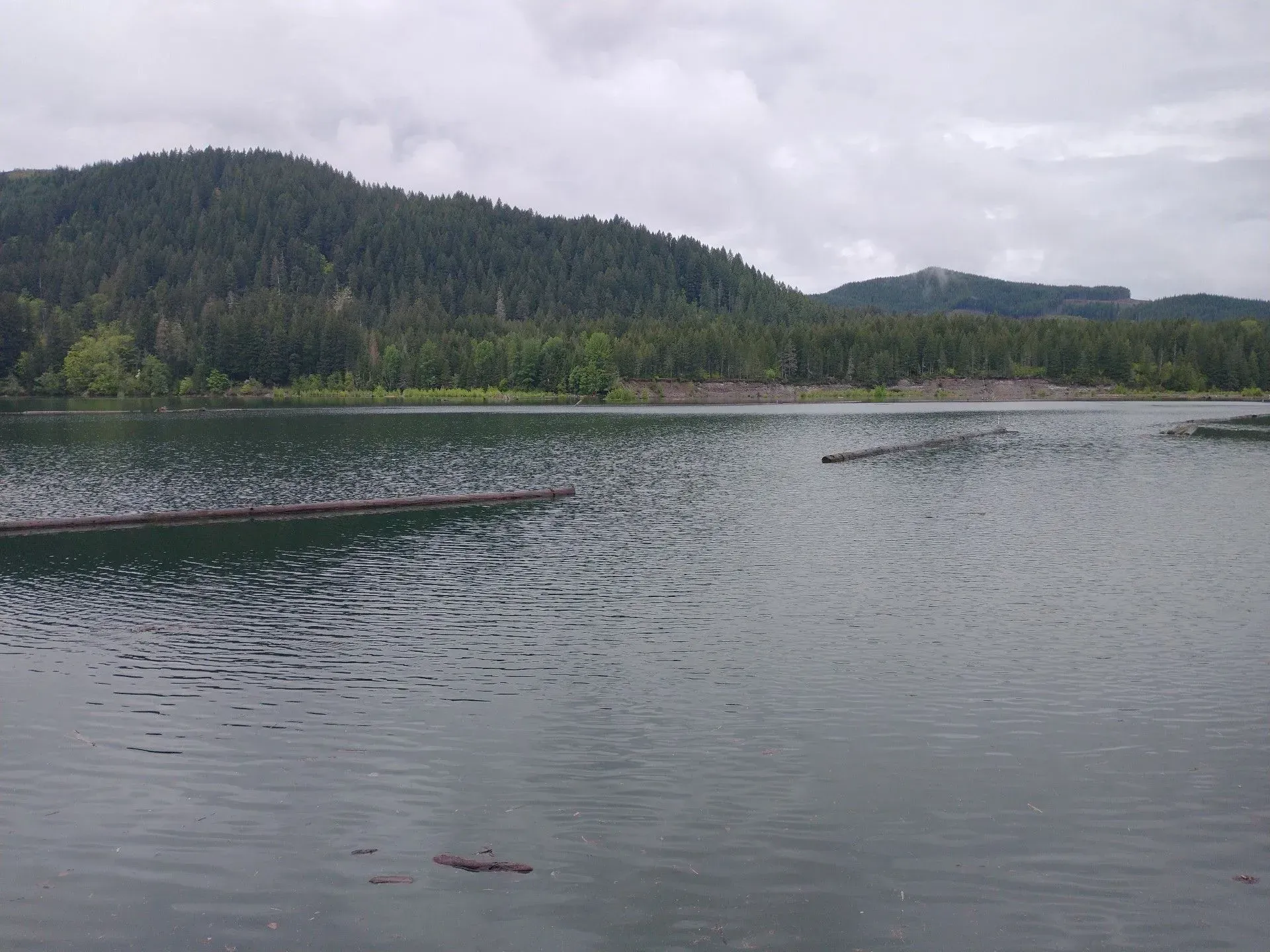Seasons of Change
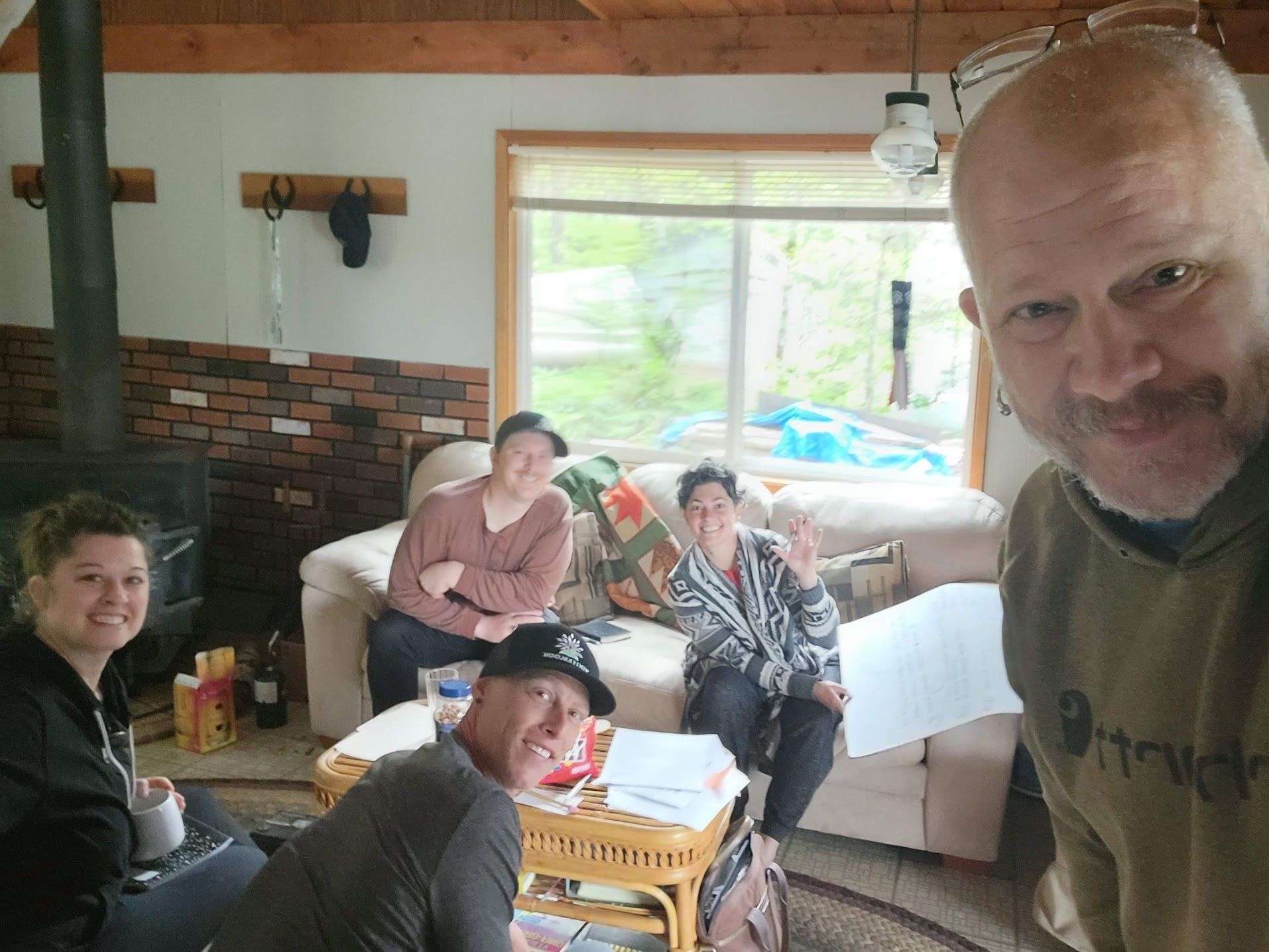
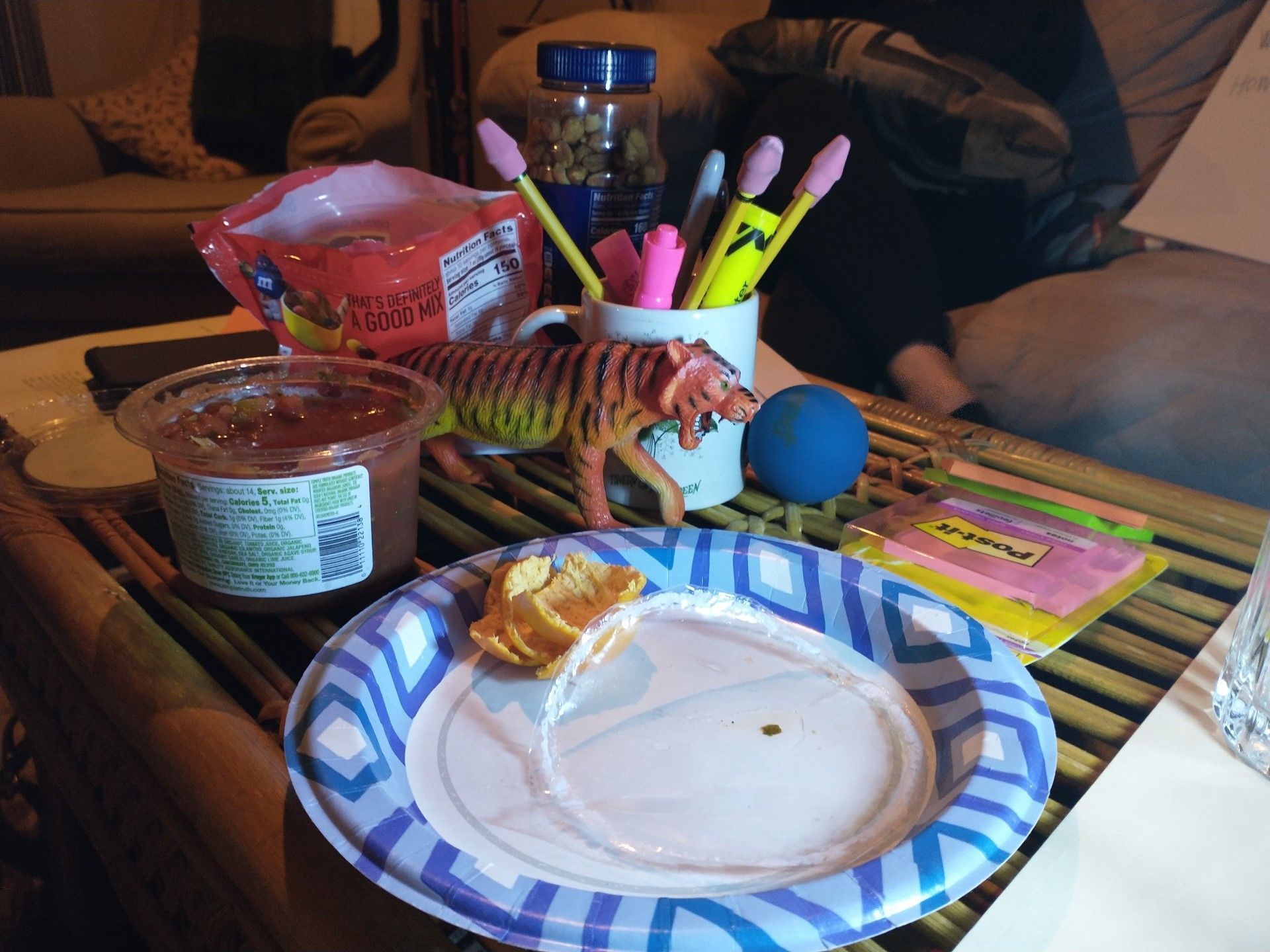
And now it is exciting to announce after much work, we are finally at the end stages of changing Winterbloom, Inc. to “Winterbloom Landscaping Cooperative” (keeping the name “Winterbloom” to simplify some of the necessary changes). So, what does this mean?
- The proposed transfer of ownership from Phil and Barb Thornburg into the hands of the worker-owners of Winterbloom is projected to occur towards the end of the year. Phil Thornburg will no longer be the owner/president of this company. His copious years (we celebrate 40 in October!) of his leadership, development, blood, sweat, tears, and passion for Winterbloom will be handed over to all of us who love him dearly and believe in the future of it.
- In the eyes of Federal and State law, this company will now be changed to a “co-operative entity”. Here is the definition of what a cooperative entity is:
“A cooperative is a legal entity owned and democratically controlled by its members. Members often have a close association with the enterprise as producers or consumers of its products or services, or as its employees. The legal entities have a range of social characteristics.”
- All employees of this proposed Winterbloom Landscaping Cooperative
will have equal opportunity to become partial owner of the company during their employment.
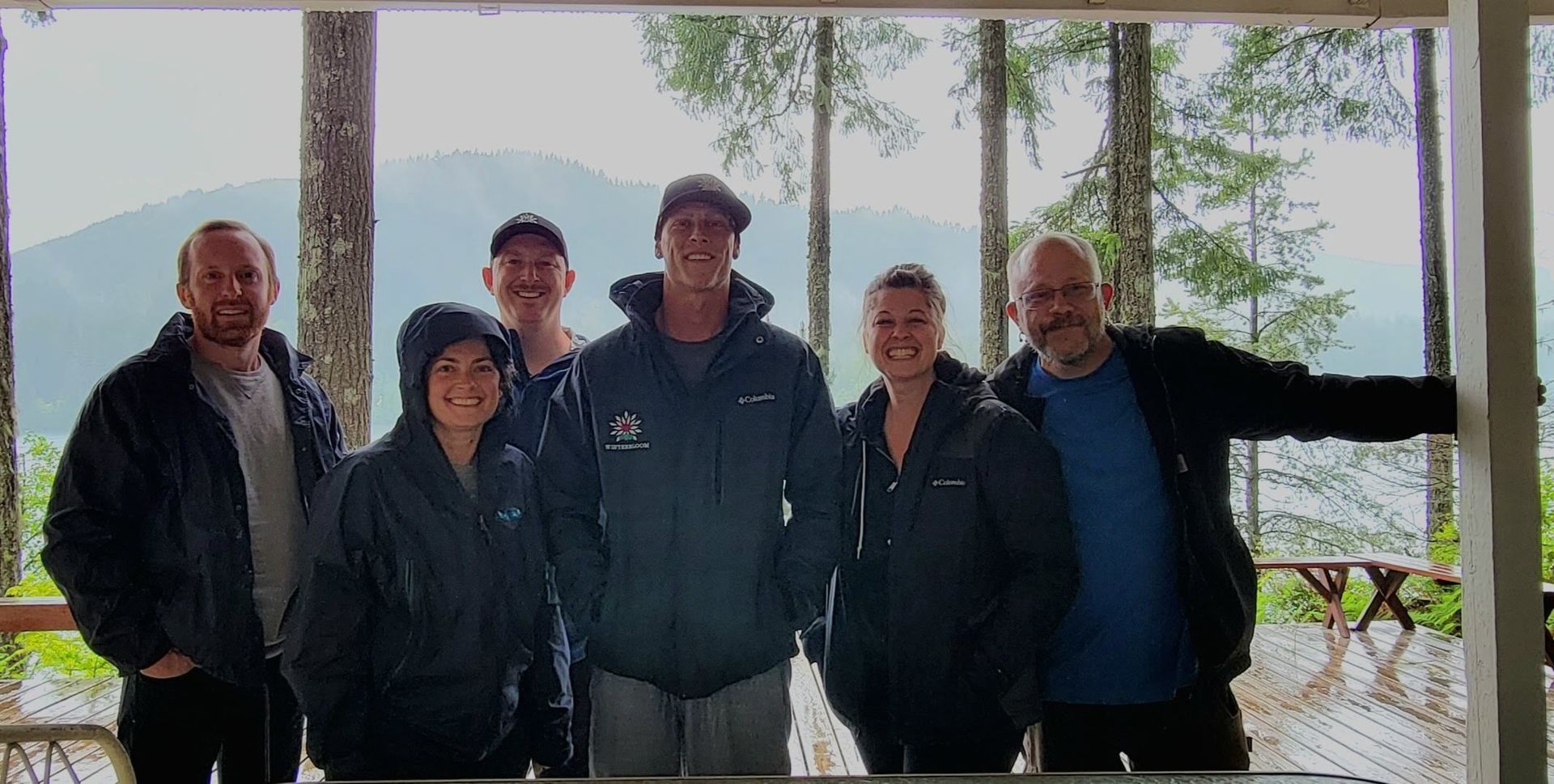
Why become a cooperative business?
- Honestly, from the beginning, Winterbloom has held democracy as a core value. Phil has worked hard to create a work environment where employees feel listened to, valued, and cared for. Becoming a worker-owner cooperative actualizes this in structure of governance, profit-sharing and member voting rights. Rather than leaving it to the single owner to ensure the health and morale of the company, cooperatives share this responsibility with many employees who believe in an empowering workplace. And with this approach, we believe our product can only improve. Happy employees = happy customers.
- Those of us discussing what to do about Winterbloom could not imagine taking sole ownership of the company. With much discussion and research, turning Winterbloom, Inc. into a cooperative business was our favorite solution for continuing the legacy of Winterbloom, keeping everyone employed and allowing each of us to feel the great support and comfort of ownership as a team. With friends, the risk is less scary.
Our plan is to transition ownership by the end of this year. Existing clients and contracts have nothing to worry about. Clients will be notified of any changes. If all goes according to plan, other than a slight change to our name, we will continue to be and create what we have been for almost 40 years.
